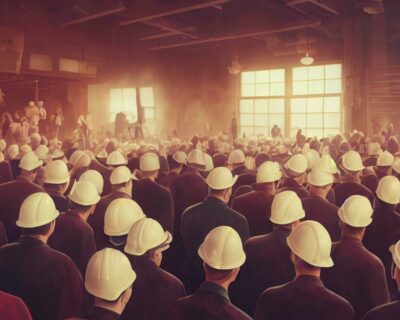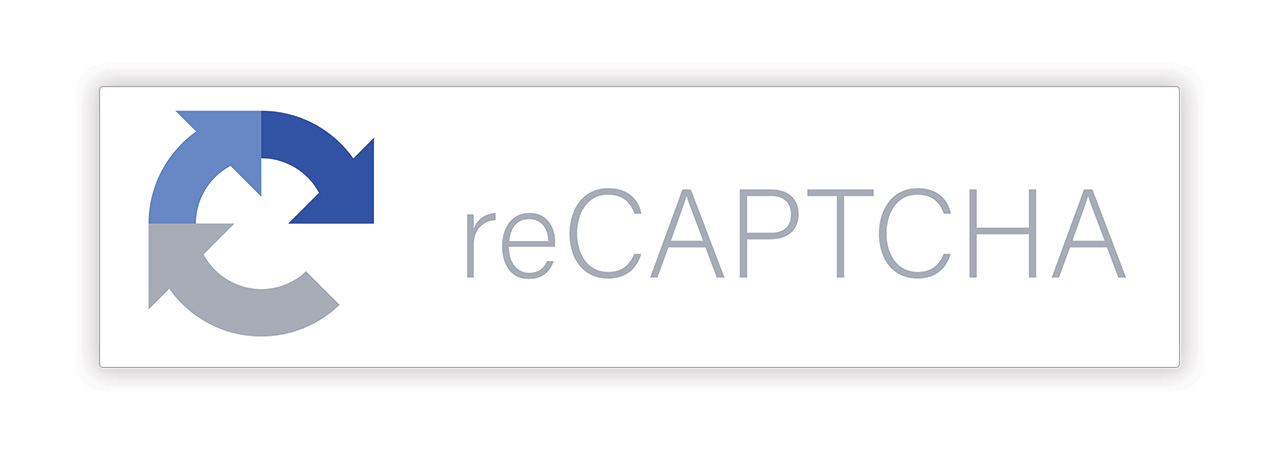
OSHA/CCOHS Approved Hazard Assessments for North American Businesses
OSHA and CCOHS hazard assessments have a lot in common. So today we’re going to compile hazard assessment tips from both OSHA and CCOHS so your team can work at ease in North America.
Overview
Both OSHA and CCOHS agree on the crucial steps to a formal hazard assessment. Yet the order is slightly different. Below are the OSHA steps, but proceeding with your assessment in this manner does not exclude any suggestions from CCOHS. They are very similar, and this order will satisfy both. These steps include:
Step #1 – Compile company-wide data
Step #2 – Identify safety hazards
Step #3 – Identify chronic health hazards
Step #4 – Create a system that promotes incident investigations
Step #5 – Create Emergency Plans
Step #6 – Characterize hazards, develop control measures, eliminate hazards, and mitigate dangers
Step #1 – Compile Company-wide Data
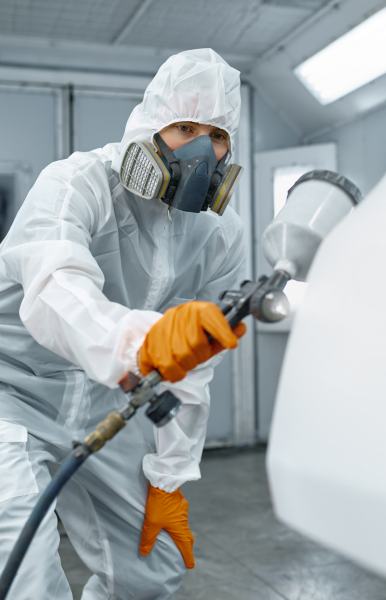
As the Albertan Guide to Hazard assessments says, “Figure out what people do.” This sounds easy but it is crucial to get right. Compiling company-wide data takes many perspectives when done correctly. Some of the easier ways to do this would be to ask every employee to write a list of tasks, associated hazards, and concerns that they are exposed to. It’s important to communicate your goals to put your employees at ease during this process. Emphasize that no one will be centered out for their opinions, and this is merely for safety purposes. Promote as much feedback as possible. Furthermore, different perspectives on the same task are also educational. This mitigates generational bias.
After you have employee feedback, write out every single task you can think of in your facility your staff may have missed. Then compare this with your team’s input and collate hazards you recognize, but your staff fails to mention.
OSHA calls this step, “Collecting existing information about workplace hazards.” Naturally, it is very similar to the Canadian/Albertan standards. Both aim to achieve the same goal – a holistic view of an organization and the associated risks.
Alberta separates both the task collation from the hazard, but as long as both are achieved, and no information has been overlooked you will be adhering to both standards.
Step #2 – Identify Safety Hazards
Now, this sounds a lot like step number one, but what OSHA specifically is looking for in step two is a physical walk around by management. Both OSHA and CCOHS are suggesting an inspection of the entire operations is the only way to be sure of all the hazards. OSHA suggests identifying the workplace safety hazards, and this does not include chronic health complications. For this step, they are looking for immediate risks and acute hazards.
Examples could include winding machines, heavy equipment, and anything sharp, agile, or obvious. It is not unheard of to do both an acute and chronic investigation of hazards at the same time, but OSHA suggests separating these due to priority.

The CCOHS, on the other hand, separates its terms into harm and hazard. Harm is defined by CCOHS as, “physical injury or damage to health” and they define Hazard as “a potential source of harm to a worker.” These definitions do little to change your assessment. When identifying your hazards, elaborate on the potential effects regardless of terminology. This includes acute injuries and chronic, but we will cover more on chronic complications in the next step.
To comply with both CCOHS and OSHA suggestions, you should be documenting any potential for Harm in your tasks during this step. So, by this stage as per OSHA and CCOHS suggestions, you should have:
- Identified Tasks Within Your Organization
- Identified Associated Acute Hazards or “Harms” via observation
Step #3 – Identify Health Hazards (OSHA) or Identify Hazards (CCOHS)
OSHA names them health hazards, and CCOHS calls them hazards. Both are referring to hazards that can cause long-term illnesses and complications for team members. These are hazards that cause chronic illnesses and are hard to define due to symptoms not arising till later. Common chronic hazards can come from exposure to benzene gas, silica powder, and heavy cleaning solvents. Or they can even be injuries that are caused by repetition. Carpal tunnel, arthritis, and stress can also be considered a hazard. If these inflictions were caused by over-exposure, then both OSHA and CCOHS require them in your assessment.
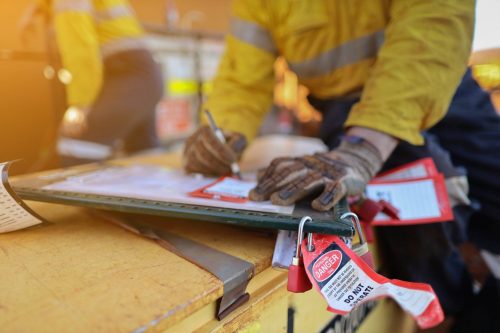
Identifying these hazards requires more than a glance. For this step, you need to review your tasks and the chemicals, tools, and labor required to complete those tasks. Frequent bending, lifting, and rotating can all contribute to injuries. The more you can mitigate these risks in each task, the better hazard assessment you’ll have. During your walk-around, review your staff’s ergonomic and physical approach to their jobs. Could you mitigate bending with strong industrial tables? Can machines make anything easier? Would a job rotation policy help? These are all things you will have to readdress during step 6 (developing control measures.)
When it comes to chemicals, silica powders, concrete or any substance handled in your organization, the SDS (Safety Data Sheet) must be reviewed to identify all the hazards. Things like insolation won’t cause an overt injury, but accrued exposure can cause cancer. Every potential hazard for each substance should be described in your SDS. If you’re unsure as to the risks, review your SDSs.
If your SDSs are up to date, you can pull all these documents and cross-reference them with your tasks. This should speed up the process. If you identify any missing SDSs, then you need to rectify that immediately.
Step #4 – Incident Reporting Systems
“OSHA strongly encourages employers to investigate all incidents in which a worker was hurt, as well as close calls (sometimes called “near misses”), in which a worker might have been hurt if the circumstances had been slightly different.”OSHA Incident Investigation
Incident reporting has been around for a long time, and it’s been growing in prevalence ever since. Incident reporting can be seen as a real-time focussed hazard assessment tool. Employees who document near misses and incidents are influencing future countermeasures with ground-level data.

An incident reporting system is a system designed to keep track of all your reports and supply you with data that could mitigate future mishaps or even injuries. You can do this through a system using paperwork and physically speaking with each of your employees in order to include the many perspectives needed. Or you can use modern incident reporting software which automates much of the process. The choice is yours but what OSHA and CCOHS suggest is a thorough investigation including multiple perspectives. The days of a supervisor-only perspective have been proven faulty. It’s now encouraged to include (at the least) the injured opinions, an observer’s perspective, along with the supervisor’s opinions.
In order to utilize the incident system you’ve developed, you will probably require dedicated staff or software depending on the size of your company in order to extract and aggregate the data when required. The whole point of the reports is to supply first-hand data that assists in future decision-making. These decisions should make everything safer and generally more productive.
Step #5 – Create Emergency Plans
The next step in OSHAs recommended practices for hazard assessments requires a bit of imagination, the Emergency Action Plan. This plan is essential in preparing your staff for an emergency or nonroutine situation. This includes fires, weather events, and any other non-routine event.
When designing your plan, both OSHA and CCOHS suggest you imagine any emergency event that would force your staff to cease work and exit the building. It’s important to develop protocols for these events. The most important protocol is developing a meeting place for your staff.
When deciding the meeting place, keep in mind everyone will meet here and you need to take a head count once the staff has arrived. Plan a location that is clear from danger (often a parking lot far from your building) and keep in mind some meeting places will change depending on the disaster. Obviously, during a hurricane or tornado, you do not want to be in a parking lot, and the adverse is true for a fire in your building.
Things to Consider When Drafting an Emergency Action Plan
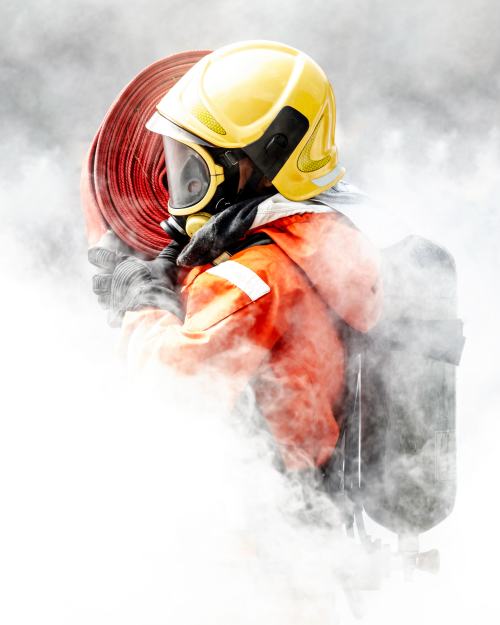
- Potential workplace emergencies
- Ways to protect your employees during the event
- Ways to protect your property
- How to alert staff
- Evacuation Locations
- Roles and coordinators
- Accounting for employees (headcounts)
- Rescue plans
- Medical assistance
- Employee health information
- Training requirements for an emergency
OSHA and CCOHS suggest creating protocols with all these considerations in mind. During a real emergency, many of these protocols could save lives. If properly planned, you can rest assured your staff knows what to do. The headcount and meeting place is especially important due to the instant peace of mind you will receive when all your staff are accounted for.
Step# 6 Characterize Identified Hazards and Create Control Measures
Characterizing simply is a form of prioritizing. If you have few hazards, then you could simply begin implementing controls. Either way, your order should be as follows:
- Characterize your hazards into severity and type
- Develop control measures
- Verify the validity of control measures
This step is all about execution. Use all the data you’ve compiled to develop harmonious control measures. You may need to ask employees’ opinions again in this stage to make sure guards, guides, and safety measures do not create more hazards. It’s a good idea to visit the OSHA hazard and control to verify you are implementing time-tested strategies.



